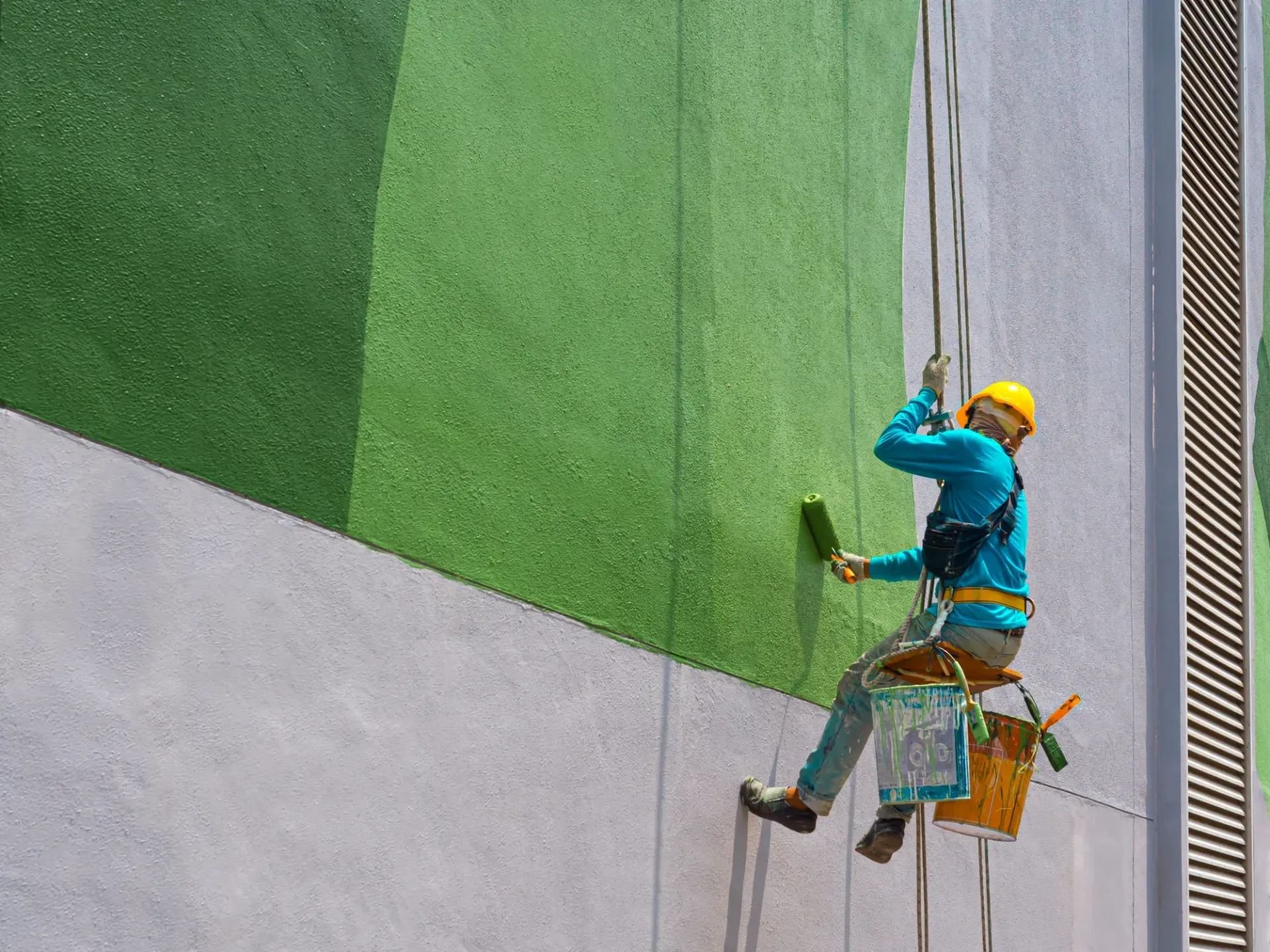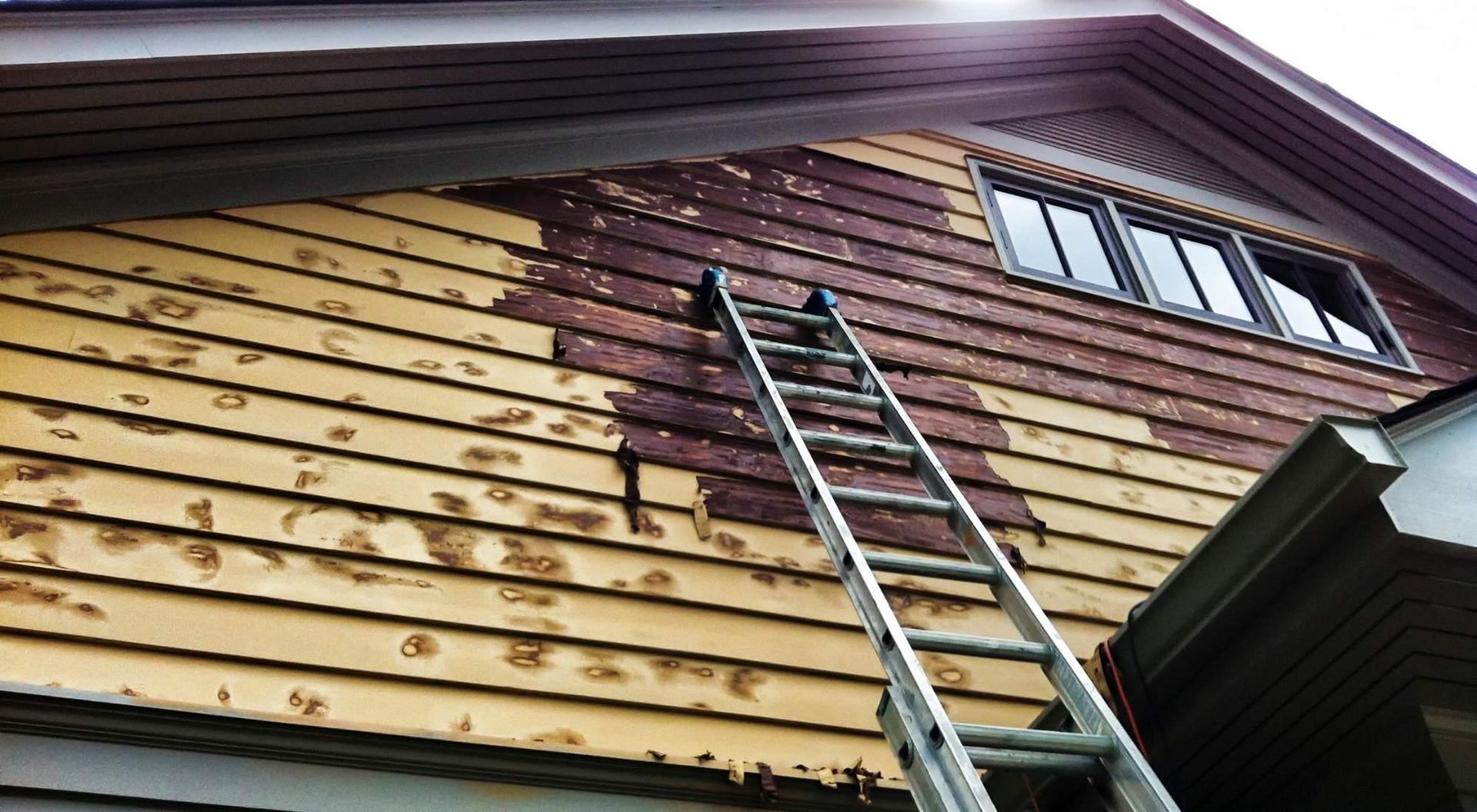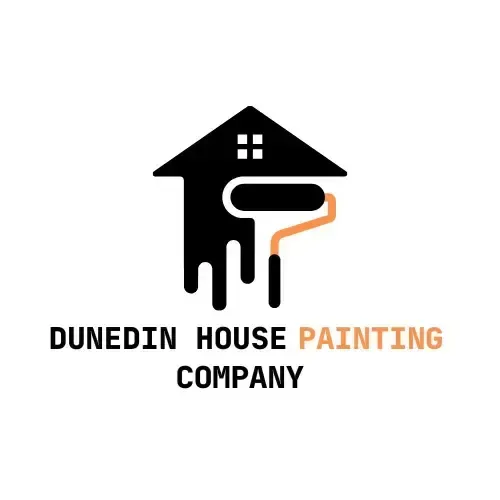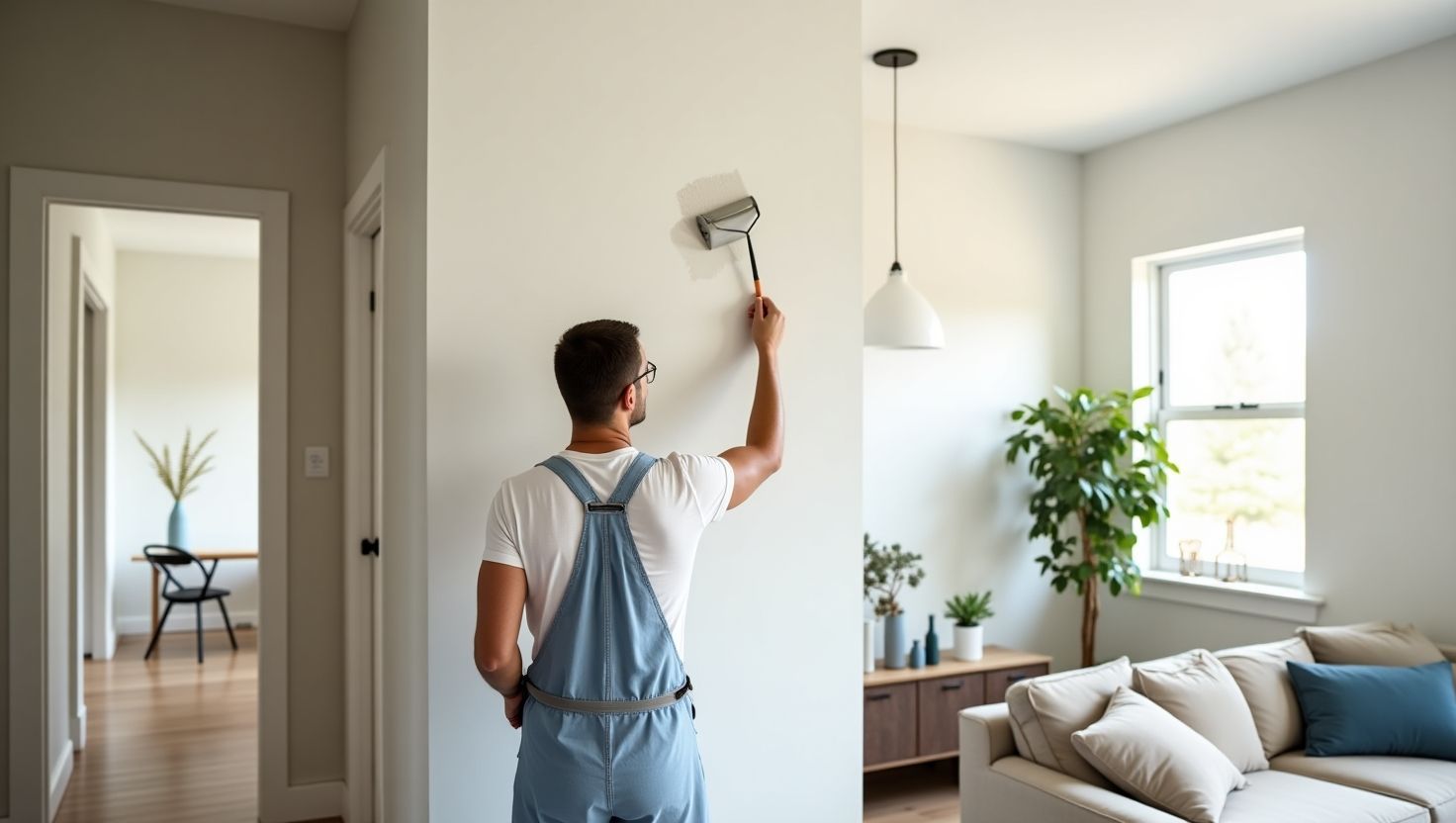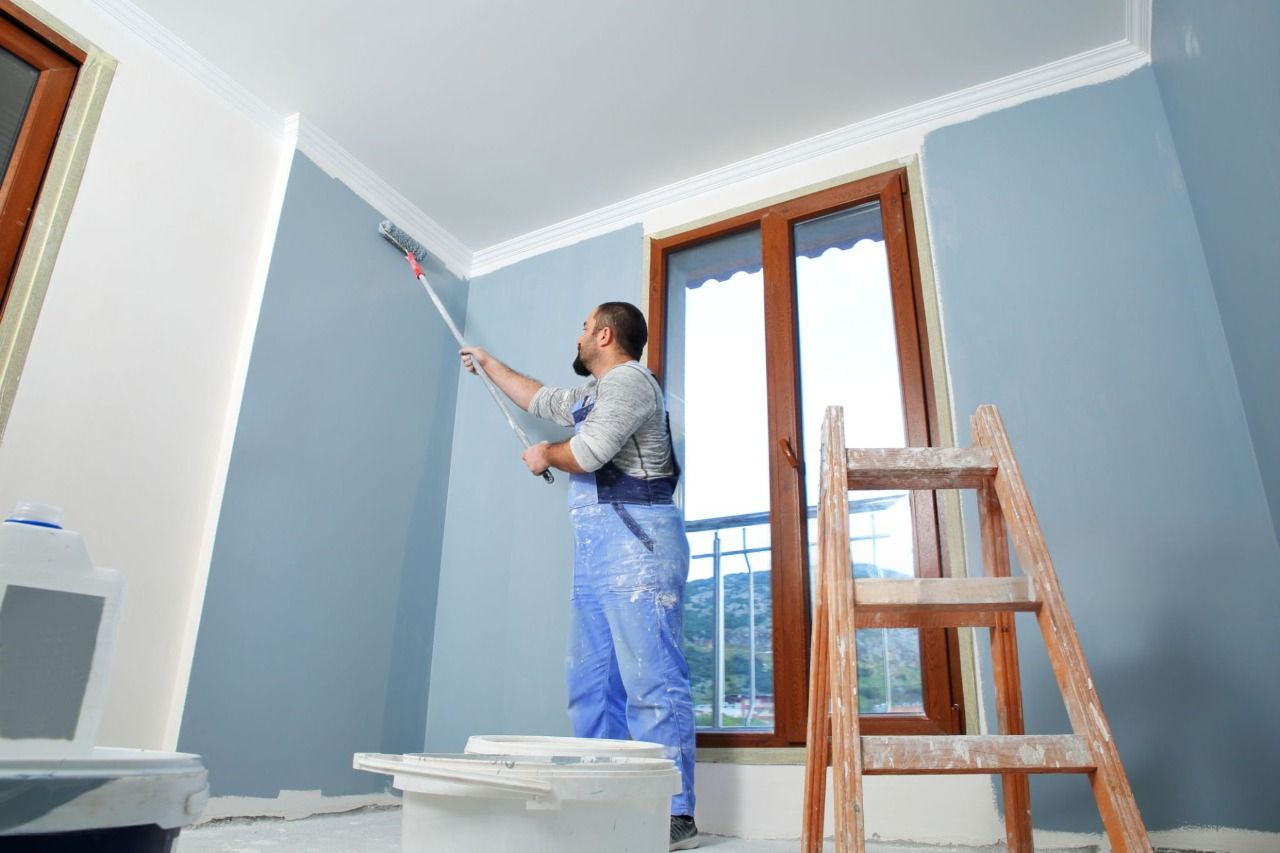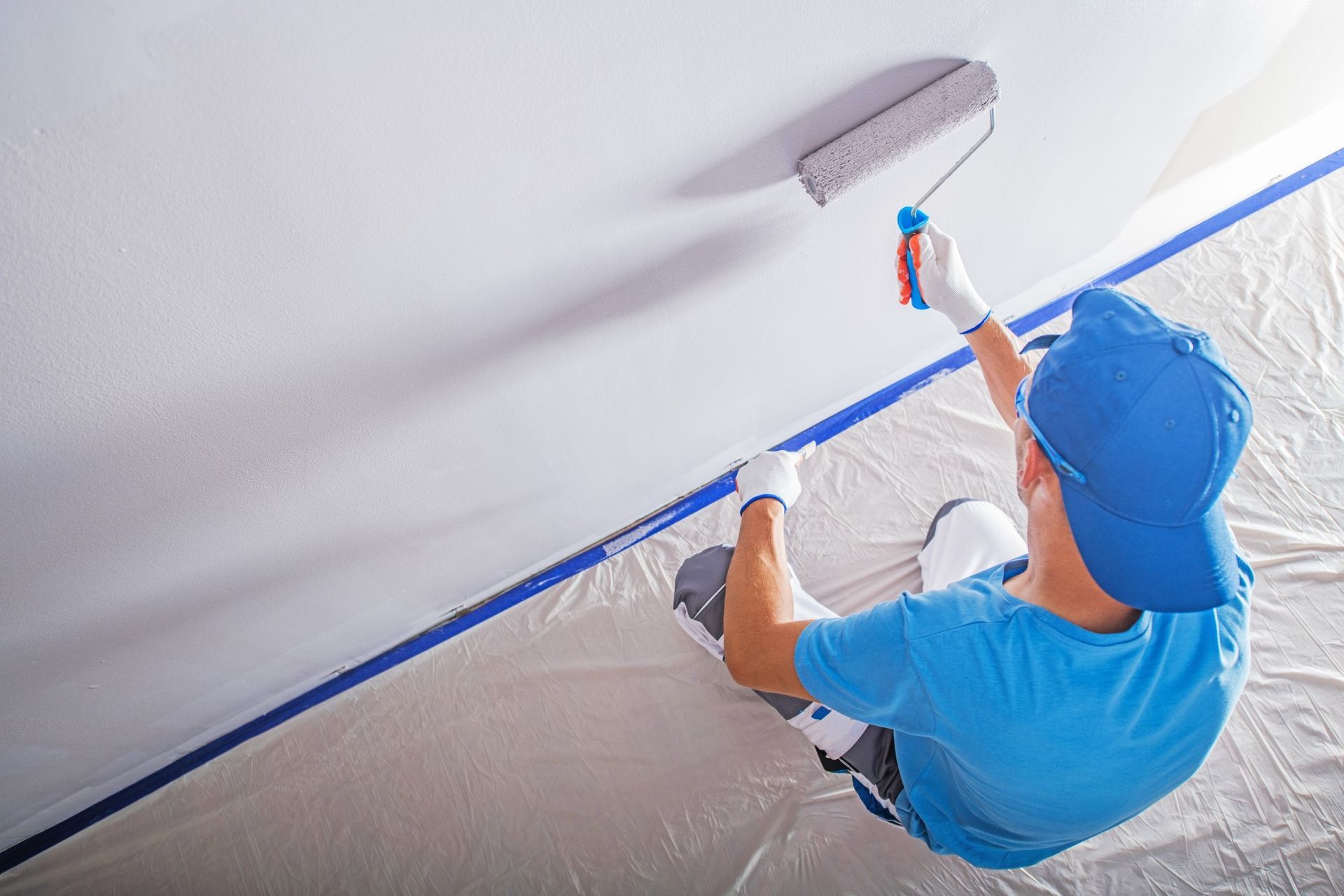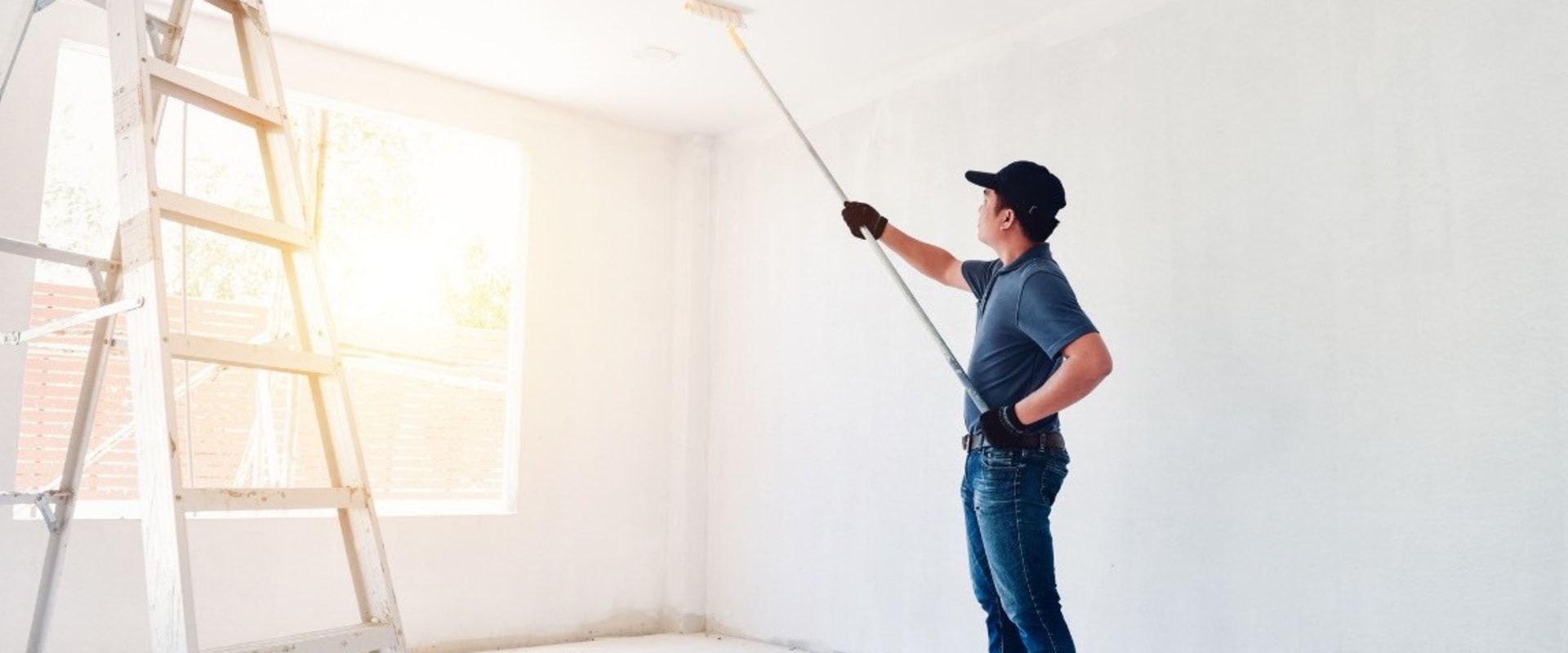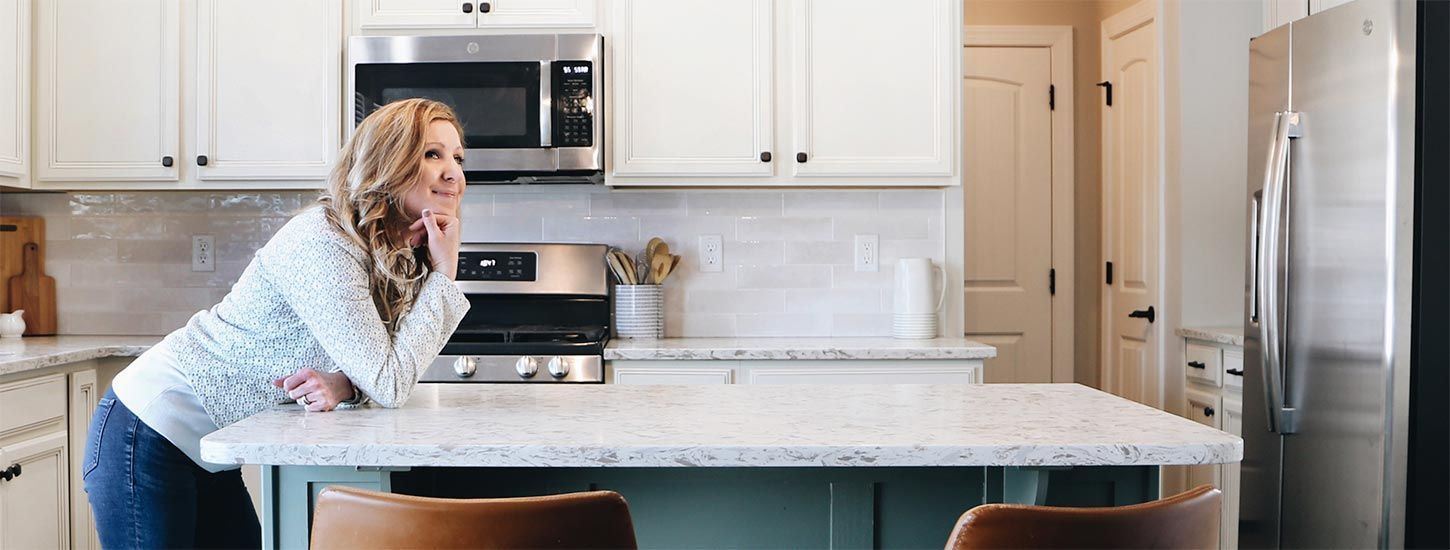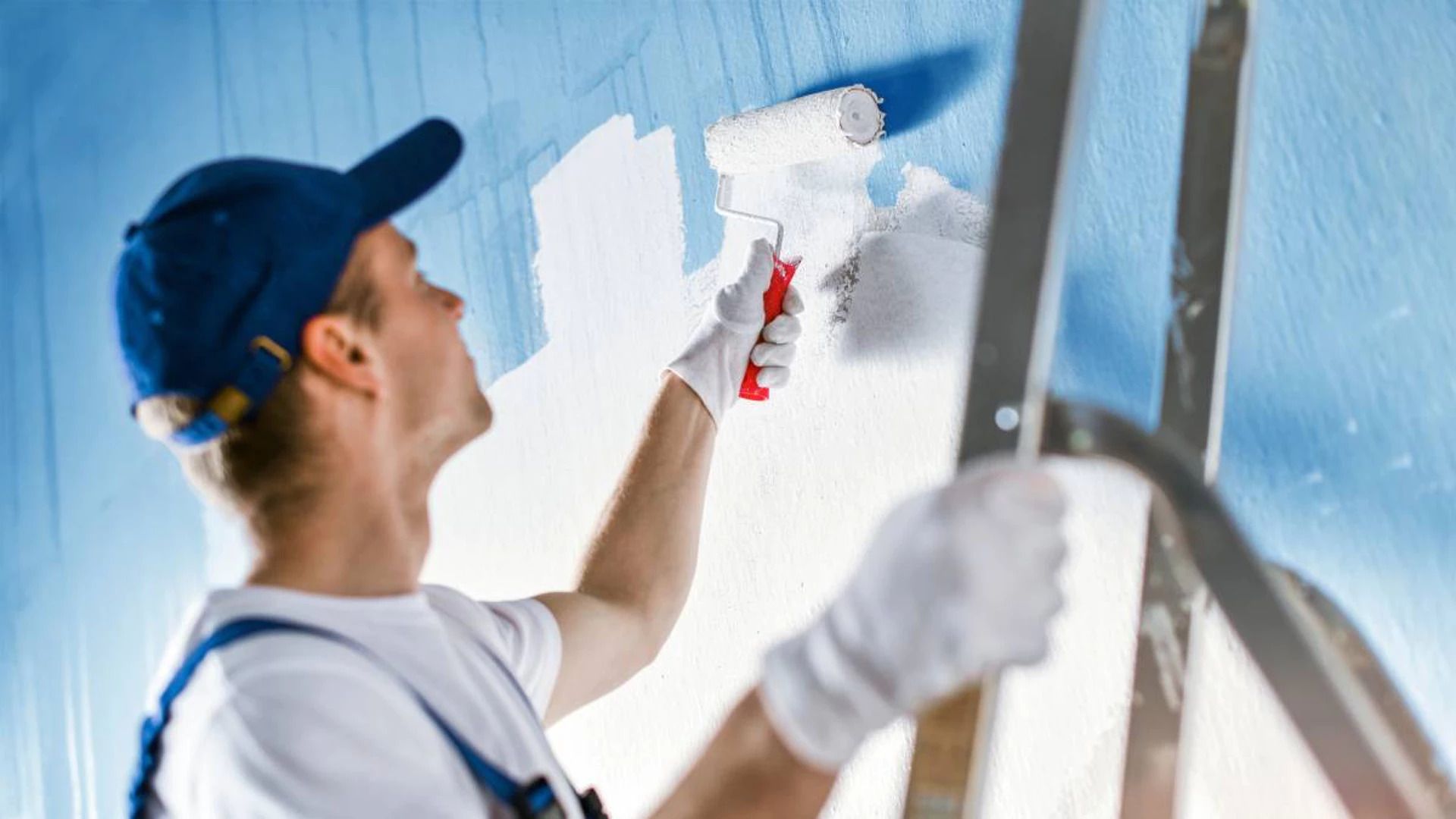More Than Curb Appeal: How Paint Protects Your Home
Paint isn’t just an aesthetic upgrade. It’s your home’s first line of defense—an unsung hero battling sun, rain, wind, and time. The idea of painting a home often conjures images of bright hues, vibrant trims, and resale-ready exteriors. However, there's so much more to that coat of color than meets the eye. It's time to dive deep into the functional brilliance of exterior paint and discover how it truly protects your home beyond mere looks.

Why Paint Does More Than Beautify
Most homeowners see paint as a cosmetic touch-up. While true, this belief only scratches the surface. Exterior paint forms a continuous, often water-resistant shell that protects your home from environmental stressors. It’s both armor and art.
Whether it's fending off UV rays, repelling moisture, or keeping termites at bay, your home’s paint job works overtime to keep the structure intact. The beauty of it all? You can protect while personalizing.
The Functional Role of Exterior Paint
The magic of exterior paint lies in its multi-layered function. Each layer serves a unique purpose:
- Primer: Binds the surface and prevents peeling.
- Base Coat: Adds pigment and foundational strength.
- Topcoat: Provides a weather-resistant seal.
Together, they offer a complete shield, especially when applied by a House Painting Service.
How Paint Shields Against Harsh Weather
Weather is the relentless enemy of any structure. From stormy nights to blazing summers, paint provides a durable shield. The outer layer absorbs the brunt of environmental abuse so your siding doesn’t have to.
Paint also prevents cracks caused by freeze-thaw cycles—a problem in climates with extreme temperature swings. It seals micro-cracks that would otherwise become portals for water intrusion.
Paint as a Barrier to Sunlight Damage
UV rays are not just a threat to skin—they also wreak havoc on unprotected surfaces. Sunlight degrades unpainted wood and causes fading, warping, and brittleness.
Quality paint includes UV-blocking properties that reduce the impact of solar radiation. Reflective paints even bounce heat off the home, keeping interiors cooler and lowering energy bills.
Preventing Mold, Mildew, and Rot with Paint
Moisture is a silent destroyer. It seeps into porous materials, leading to mold, mildew, and eventually wood rot. The right paint resists water penetration and allows moisture from within to escape.
This breathability—especially in paints designed for humid climates—prevents fungal growth and prolongs structural integrity.
Sealing Out Termites and Pests
Painted surfaces are harder for pests to penetrate. Termites, for instance, are drawn to raw, exposed wood. Paint adds a protective layer that deters these invaders.
Moreover, regular repainting exposes hidden infestations early—giving you time to act before the damage multiplies.
Prolonging the Lifespan of Wood, Siding & Stucco
Unprotected materials age quickly. Paint reduces the wear and tear by:
- Blocking UV degradation
- Preventing water infiltration
- Reducing material expansion and contraction
The result? Fewer repairs and a longer life for your siding, soffits, fascia boards, and trims.
Aesthetic Appeal vs. Structural Defense
Yes, paint beautifies. But its true power lies in its protective quality. A freshly painted house looks great—but it also signals strong maintenance habits. The visual charm is a bonus built atop layers of function.
How Paint Adds Real Estate Value
A well-painted home attracts buyers. More importantly, it instills confidence. If the paint is pristine, prospective owners assume the rest of the home has been equally cared for. It’s a value enhancer and a trust builder.
Paint Through the Ages: From Protection to Art
From ancient Egyptians who painted homes with natural minerals to the Romans who sealed buildings with limewash, the use of paint has always blended beauty with defense. What we see today as "decorative" has always had deeper roots in preservation.
Why People Paint: Beyond First Impressions
Painting is an emotional experience. People often repaint when they move in, when seasons change, or when life events inspire a reset. What’s remarkable is how this emotional decision also renews the home’s protective shell.
Eco-Friendly Paints and Their Protective Roles
Gone are the days of toxic lead paints. Modern eco-friendly options, including low-VOC and zero-VOC paints, offer not just environmental advantages but also improved breathability and mold resistance.
Reflective Paints and Climate Control
Specially formulated paints with heat-reflective technology can dramatically reduce your cooling bills. Ideal for sun-soaked regions, they reflect infrared rays, keeping the inside temperature down without over-relying on AC.
Easier Cleaning and Fewer Repairs
Painted surfaces resist stains better than raw ones. This means easier maintenance, less scrubbing, and fewer replacements. It’s the barrier that keeps the mess on the outside—literally.
Evolution of Paint: From Oil to Smart Coatings
Technology has elevated paint to new heights. Today’s smart coatings include anti-microbial, anti-fungal, and even self-cleaning properties. The future? Paints that indicate structural damage or shift colors based on temperature.
Choosing the Right Path for Your Home
DIY painting may save a buck, but quality is key. Hiring a local expert like House Painting Service ensures professional-grade materials, proper prep, and lasting protection.
How Often Should You Paint?
It depends on climate and materials, but the general rule is every 5–10 years. Coastal homes need more frequent updates due to salt and moisture exposure.
How Paint Works Differently on Various Materials
- Wood: Needs sealing and breathability.
- Stucco: Requires flexible, crack-resistant coatings.
- Brick: Demands mineral-based paints for permeability.
Each surface type has unique needs—matching the right product is critical.
What Happens When Paint Fails to Protect
Peeling, bubbling, and cracking aren’t just eyesores—they’re signs that your home is exposed. These failures often lead to bigger repairs down the line.
When is the Best Time to Paint?
Late spring or early fall offers ideal conditions—mild temperatures, low humidity, and minimal rainfall. Avoid painting during extreme heat or cold.
Special Considerations for Tropical Environments
Humidity changes everything. In coastal or humid zones, breathable paints with anti-mold additives are essential. Frequent inspections and quicker paint cycles help maintain protection.
Primer, Base, and Topcoat—What’s Their Purpose?
- Primer: Adheres and seals.
- Base: Builds color and texture.
- Topcoat: Provides weatherproof protection.
Skipping any layer reduces durability.
Do Colors Affect Protection Levels?
Yes, darker colors absorb more heat, which can age paint faster. Lighter colors are more reflective and last longer, especially in sunny climates.
Matching Paints with Brick, Stucco, or Wood
Compatibility matters. Always choose paints formulated for your substrate. Acrylics are flexible and work well on many surfaces, but some materials require mineral-based solutions.
Low-VOC Paints and Indoor Air Quality
Low-VOC options protect both your health and your home. They emit fewer toxins, dry faster, and resist microbial growth—ideal for families and environmentally conscious homeowners.
The Price of Neglecting Paint Maintenance
Skipping regular painting leads to costly repairs—rotted wood, mold infiltration, or warped siding. What could be a few hundred dollars in paint could snowball into thousands in structural damage.
What Paint Warranties Really Cover
Warranties typically cover peeling and fading for a set period. However, poor surface prep or climate-related issues might void them. Always read the fine print.
Advice from Professional Painters
Pros suggest: “Don’t skimp on prep, choose quality paint, and always follow weather guidelines.” These basics can double the lifespan of your paint job.
Real Home Makeover Stories: Before and After
From peeling facades to stunning finishes, homeowners across the country are reviving their exteriors through paint—and saving their homes in the process.
Why You Should Hire a Local House Painting Service
Working with a trusted House Painting Service ensures quality, efficiency, and expert recommendations for your specific home and climate needs.
Contact for a Free Quote
Ready to transform your home and shield it from the elements? Contact a professional today and take the first step toward durable beauty.
FAQs
How often should I repaint my house exterior?
Typically every 5–10 years, depending on climate, surface, and paint quality.
Is primer necessary before painting?
Yes, primer improves adhesion and extends the life of your paint.
Can paint really protect against mold and mildew?
Yes, especially when you use moisture-resistant and mold-inhibiting formulas.
Does exterior paint help with energy efficiency?
Reflective paints can reduce heat absorption, lowering cooling costs.
What are signs my house needs repainting?
Peeling, fading, cracking, and bubbling are all indicators.
Is it better to hire professionals for exterior painting?
Yes, they ensure better prep, materials, and execution—maximizing protection.
Conclusion: More Than Just a Pretty Face—Paint is Protection
The next time you admire a beautifully painted home, remember—you're also looking at a shield. A barrier. A defender. Paint does far more than add curb appeal. It preserves, protects, and prolongs. So, whether you're due for a touch-up or planning a complete makeover, do it for the beauty, but stay for the protection.
Links:
